When we hear “big cats,” our minds leap to lions roaring on the savannah or tigers prowling through jungles. But the feline family tree is far more diverse—and fascinating—than you might think. Beyond the famous names, there’s a world of extraordinary big cats you’ve probably never heard of, each with its own quirks and mysteries. From elusive hunters stalking remote forests to striking felines thriving in unexpected habitats, these lesser-known big cats deserve a place in the spotlight. Ready to meet the coolest cats you never knew existed? Let’s dive into their secretive world!
The Elusive Clouded Leopard

The clouded leopard, often shrouded in mystery, is a lesser-known big cat species that inhabits the dense forests of Southeast Asia. Their striking cloud-like patterns on their fur provide both camouflage and beauty, making them one of the most enigmatic cats. Despite having “leopard” in their name, they are not closely related to other leopard species.
Habitat and Range
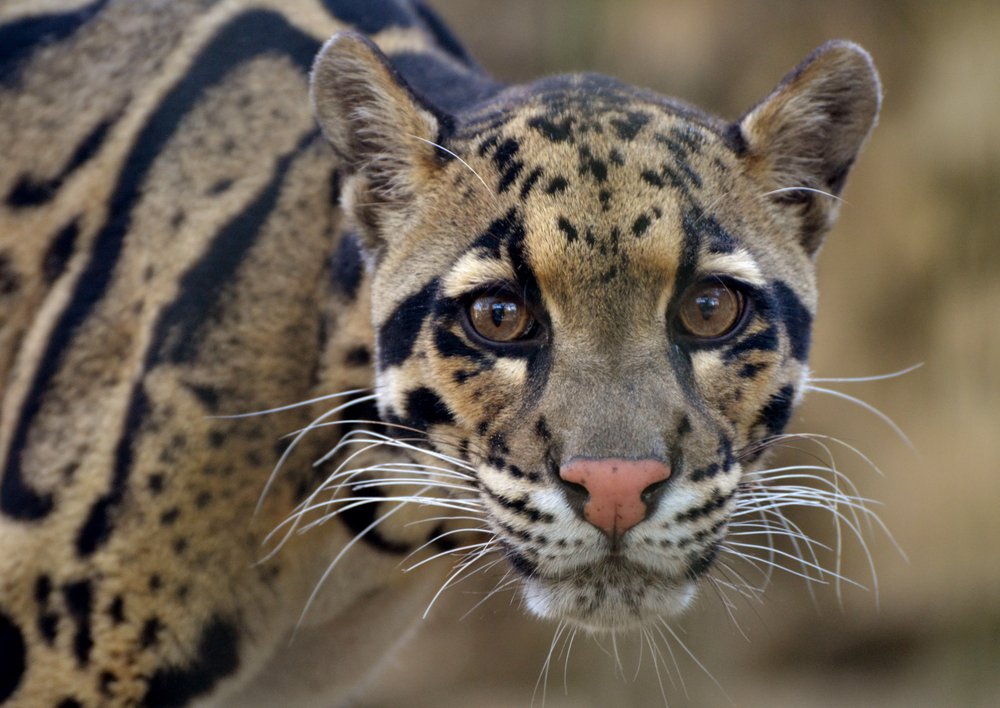
Clouded leopards are primarily found in the forests of the Himalayan foothills, through mainland Southeast Asia to China. Their arboreal nature makes these woodland habitats perfect for hunting and hiding. The increase in deforestation and human encroachment has led to habitat fragmentation, posing a significant threat to their survival.
The South American Jaguarundi

The jaguarundi is a medium-sized, yet seldom-discussed, wild cat found across Central and South America. With its elongated body, short legs, and small, rounded ears, it bears more resemblance to an otter than a typical feline.
Distribution and Habitat
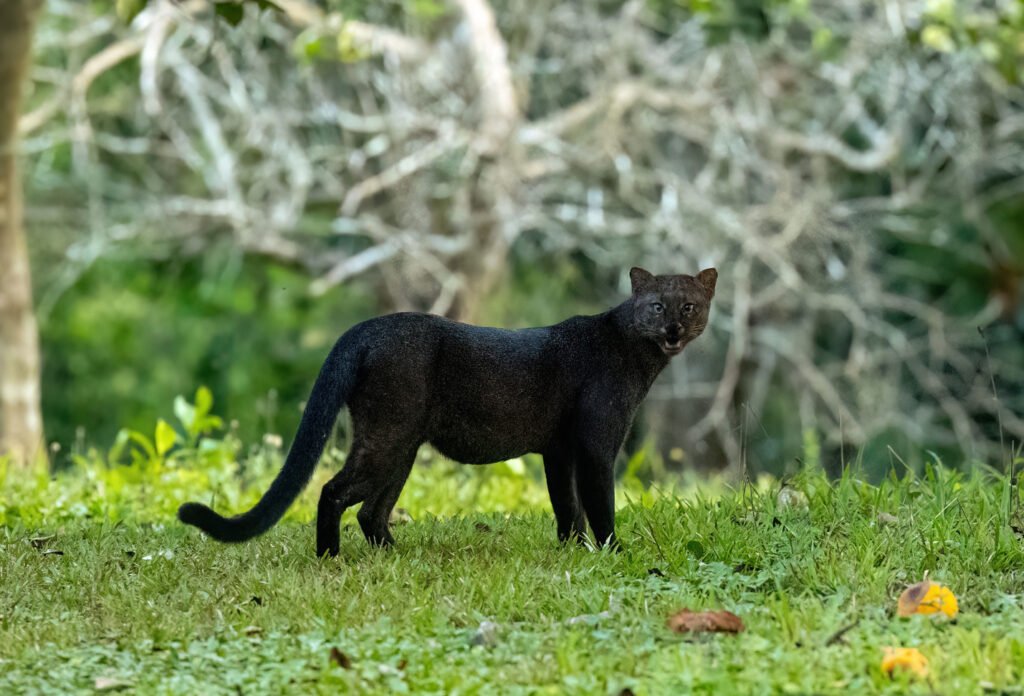
Jaguarundis inhabit a diverse range of environments, from dense forests to scrublands and savannas. These adaptable cats can be found from southern Texas in the United States down to Argentina in South America. Despite their wide range, they remain elusive and are rarely spotted by humans.
The African Caracal
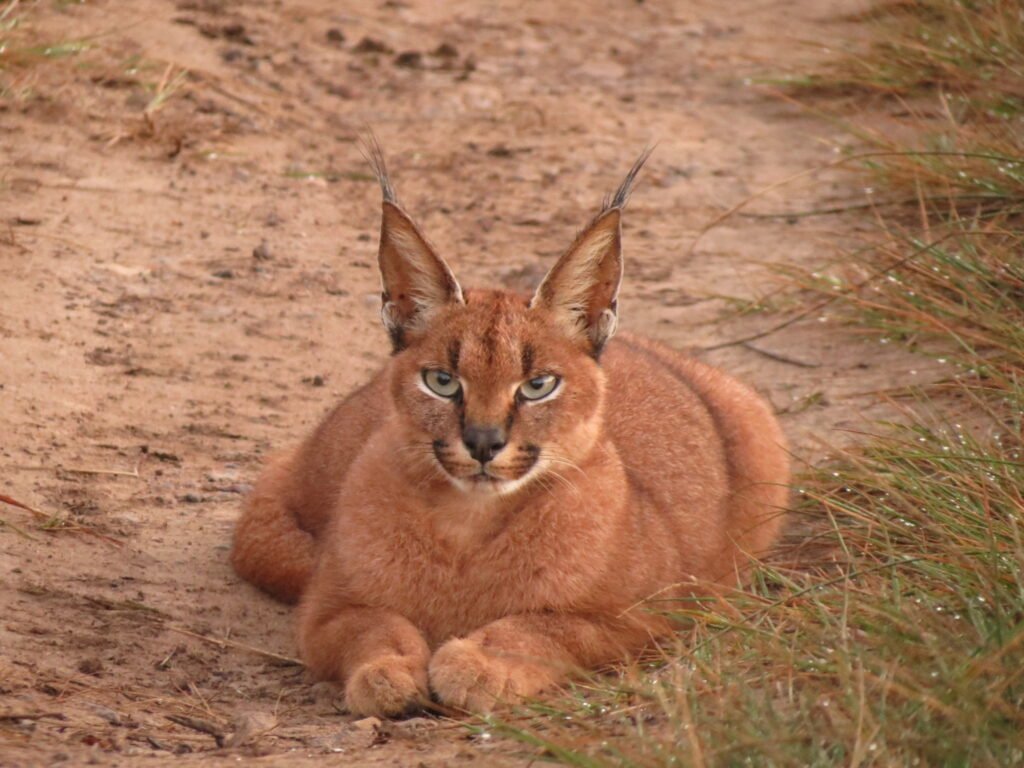
Often dubbed the “desert lynx,” the caracal is a striking medium-sized cat native to Africa, the Middle East, and parts of Asia. Its distinctive long black tufts on the ears are thought to aid in communication and camouflage amid tall grasses.
Ecological Habitat
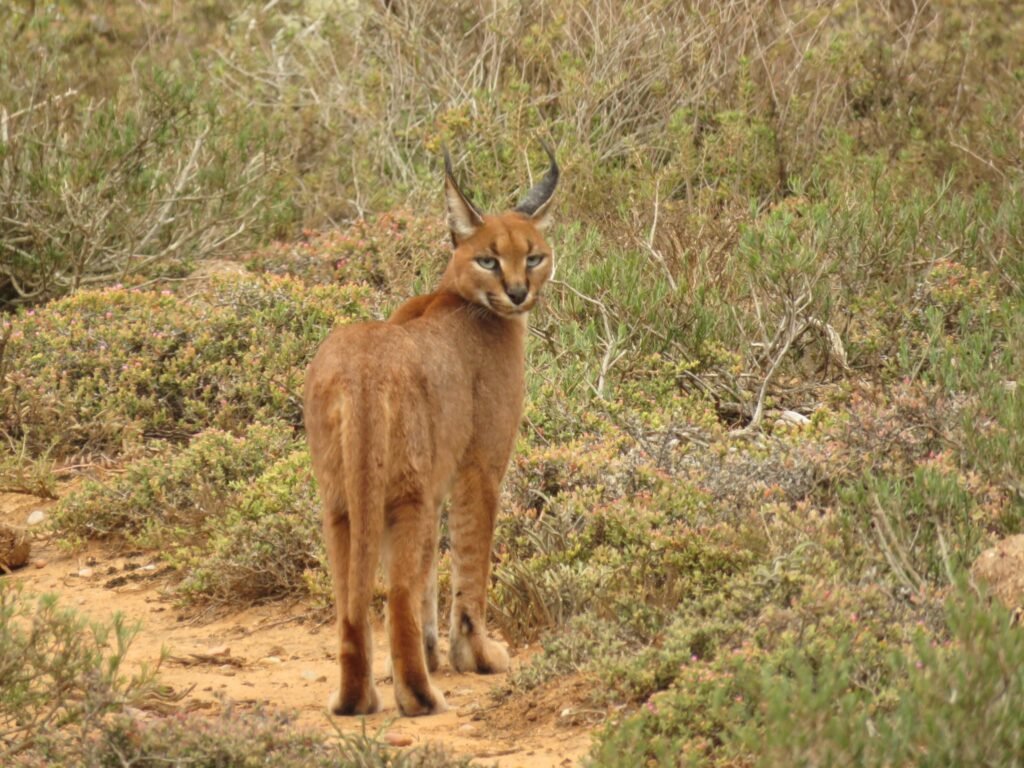
Caracals are versatile animals found across various habitats such as dry savannas, scrub forests, and semi-deserts. They show a great ability to adapt to different environments, though they prefer areas with some form of cover to use as hiding spots and hunting grounds.
The Mysterious Bornean Bay Cat
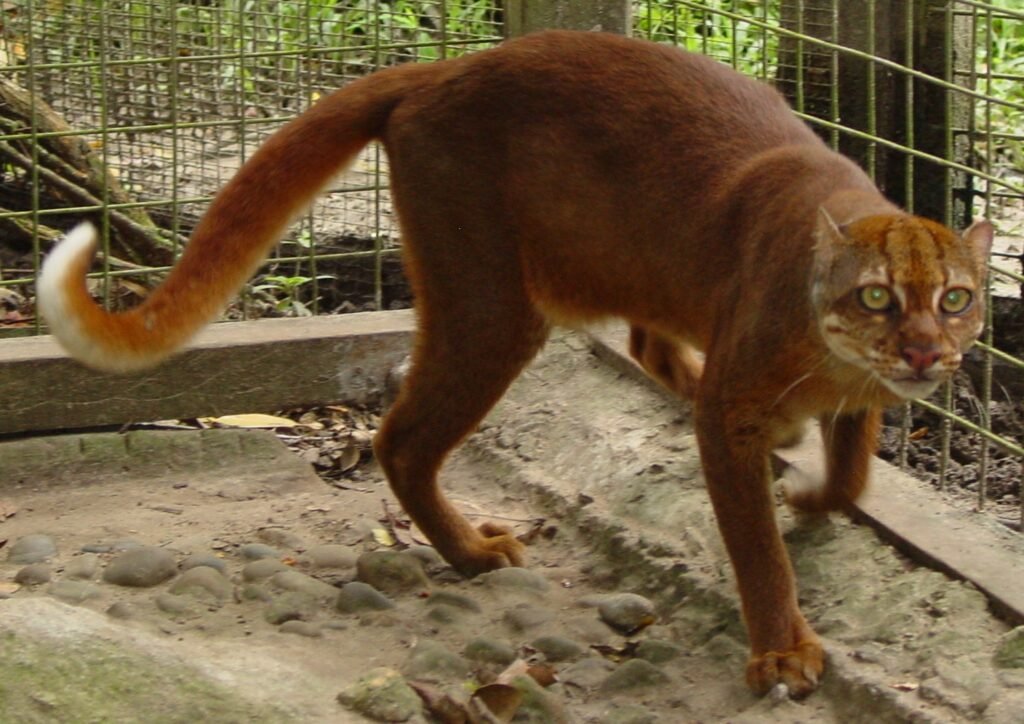
The Bornean bay cat is one of the least studied and rarest wild cat species in the world, endemic to the island of Borneo. Its stunning reddish-brown coat and mysterious nature make it a creature of great intrigue among wildlife enthusiasts.
Little-Known Habitat

Bornean bay cats inhabit the island’s dense tropical forests, from lowland rainforests to montane regions. Their elusive nature and rarity make them particularly vulnerable to deforestation, which threatens their already limited habitat.
The Secretive Andean Mountain Cat

The Andean mountain cat, a small but fierce feline, resides in the high Andes of South America. Known for its strikingly beautiful coat, the cat is one of the most endangered wild cats, with estimates suggesting that fewer than 1,500 individuals remain.
Life at High Altitude

These cats are adapted to life 3,000 to 4,800 meters above sea level, thriving in rugged environments that many other species find inhospitable. Their primary habitat spans across Argentina, Bolivia, Chile, and Peru in the Andes mountains.
These big cat species, often overshadowed by their more famous relatives, are fascinating in their own right. As research delves deeper, we continue to learn more about their habits and needs, which is crucial in bolstering conservation efforts and protecting these captivating creatures from extinction.

Esther is from India; the heartbeat of South Asia, holding a Master’s degree in Zoology and a postgraduate diploma in Animal Welfare. Her enthusiasm for animal welfare drives her passion and dedication to work for animals, ensuring their well-being and advocating for their rights. With a solid academic background and hands-on experience, she is committed to making a positive impact in the field of animal welfare. In her free time, she enjoys embroidery and sewing. As a Chennaite from Tamil Nadu, Esther loves Bharathanatyam, an Indian classical dance form.






